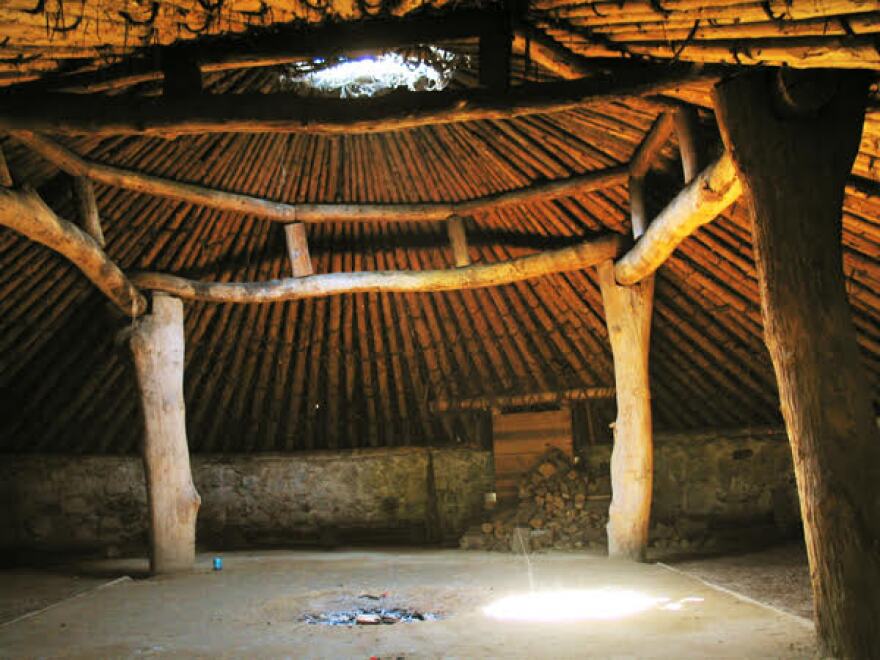We’ve been wandering the western Sierra Nevada, visiting unique California state parks and revisiting the legacy of the California Gold Rush, cultural and ecological.
But how do you revisit the world obliterated by the gold rush? That’s the dilemma when it comes to Native American culture and community. The gold rush rushed in so violently that entire communities disappeared overnight—those that had somehow survived earlier encounters, and introduced diseases. The first Californians had no immunity.
They also had no protection from social and political cruelties. Historian Kevin Starr compared new California to the Confederate South [Americans and the California Dream: 1850-1915, Chapter 13: Americans and the California Dream]:
“Although just as violent, California’s sins were less institutionalized. The Indian was not kept in formal slavery, but he was exterminated at the wish and at the expense of the legislature; and for years in the southern part of the state, under the guise of penal labor, Indians were hawked from the auction block.”
Most of us resist these ugly truths. We’d much rather embrace the epic story, the California of Walt Whitman, who pegged us in his 1874 poem Song of the Redwood-Tree:
“At last the New arriving, assuming, taking possession,
A swarming and busy race settling and organizing every where . . . .”

You’ll find evidence of that “swarming and busy race” alongside Native American relics and large local histories at all the dusty little gold country museums. Do the museums, and then stroll gold-rush cemeteries, giving the headstones an imaginative reading—so instructive.
Even more so is a visit to Indian Grinding Rock State Historic Park, tucked into the foothills east of Jackson, on the road to Volcano.
The park’s astonishing centerpiece is a massive weathered slab of marbleized limestone, or chaw’se, the Miwok people’s word for “grinding rock.” It’s a community mortar, essentially, with more than 1,100 bedrock mortar holes.
This chaw’se is the largest ever discovered in the United States. There is an exact copy, in fact, at home in the Smithsonian Institution, in Washington D.C. Unique here is the associated rock art, thousands of years old. It’s all very fragile—limestone erodes easily—so you can’t walk around on the rock, but there are walkways and a center viewing platform.
You can easily imagine the huge community effort, every fall, to prepare acorns and other seeds for a steady winter food supply. Imagine dozens, maybe even hundreds of women, gathered here to work and catch up on local news—marriages, births, deaths—while the children play.
There’s also a reconstructed village, with a huge roundhouse—60 feet across, complete with foot drum—and cedar-bark tepees. You can camp in some of these, environmental campsites in a remote area of the park, reservable by large groups. And then acorn granaries, Miwok ball field (the traditional game was similar to soccer), and the Chaw’se Regional Indian Museum, with a nice collection of cultural items and artifacts from different Sierra Nevada tribes.
The most important thing to know is that this state park is still a living Miwok sacred site. People still gather traditional plants here—for food, medicine, and baskets—and use the round house. Cultural and spiritual ceremonies include the Chaw’se Day Spring Gathering in May and September’s Big Time Celebration.
Something to celebrate.





